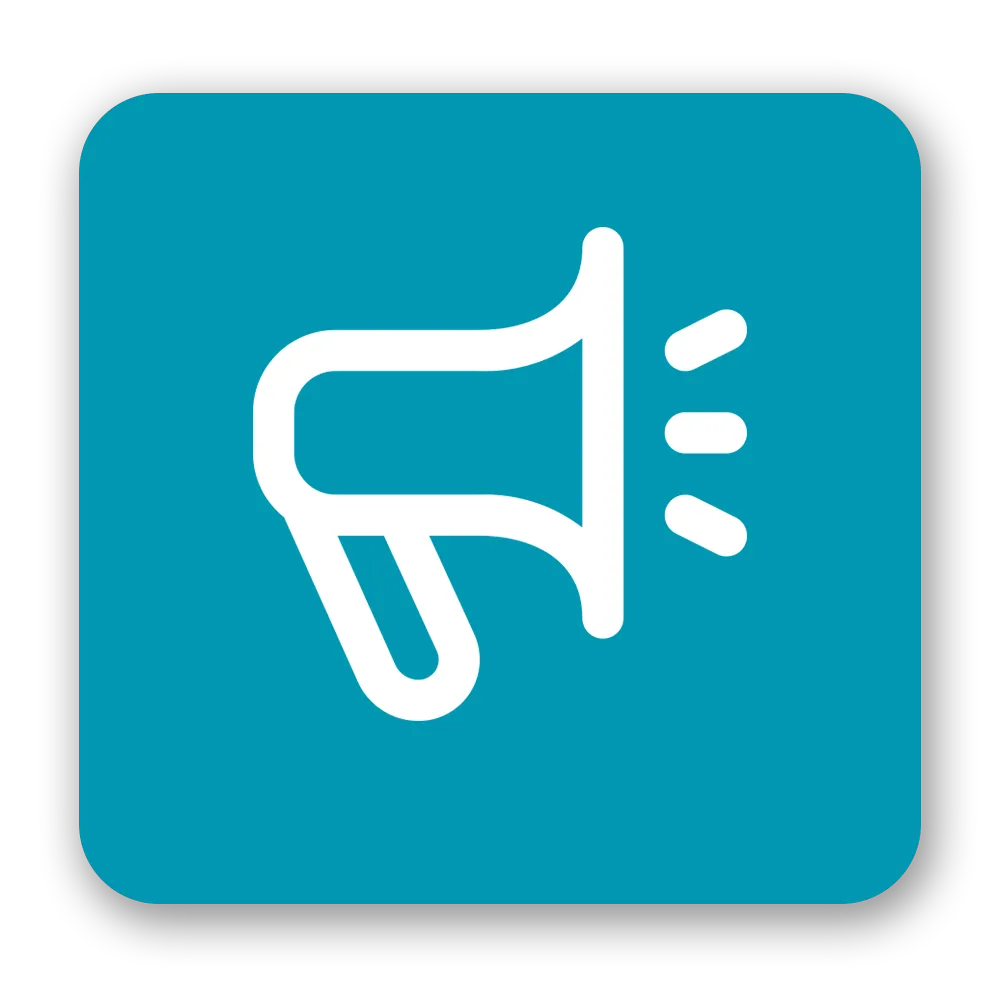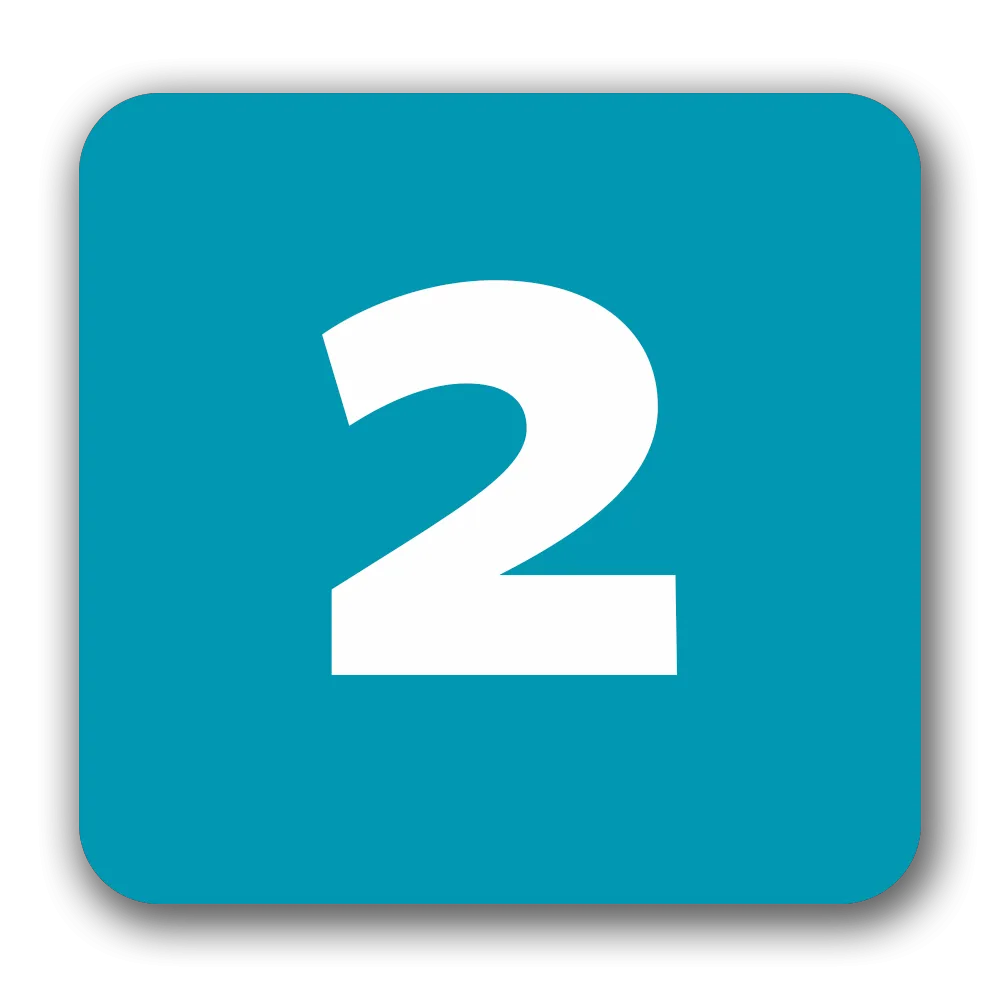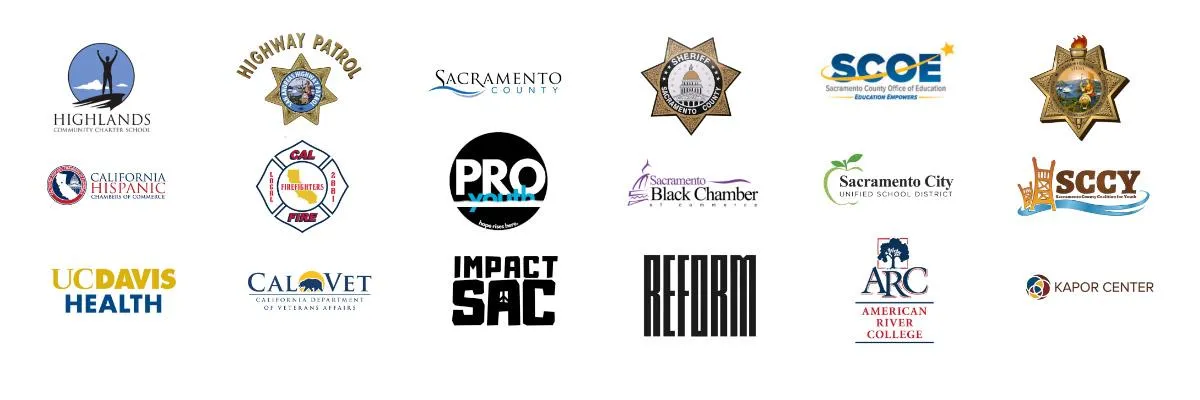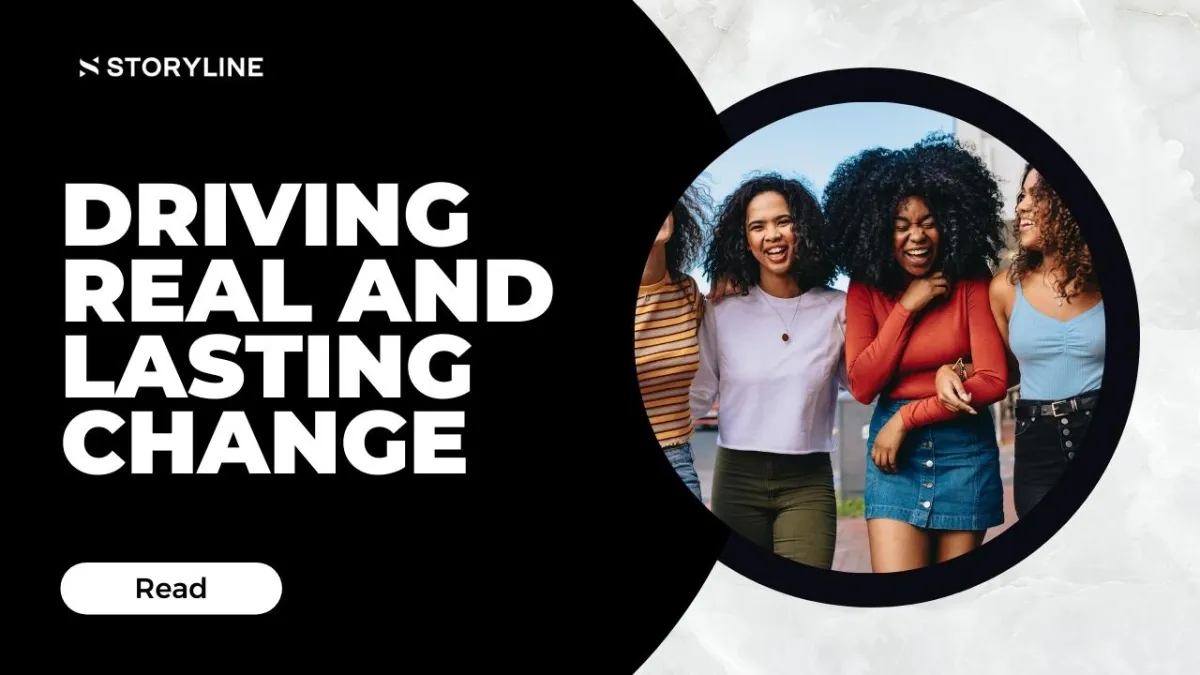
Media Buying
Maximize your reach and ROI with strategic media buying.

Advertising Campaigns
There are multiple ways to maximize your reach


Analytics
Understand the stages that are working best


Custom Reporting
See your progress in real time
We navigate the complex media landscape to secure optimal placements for your message across digital and traditional channels.
Let us help you navigate the media marketplace and amplify your message effectively.
What we offer
Comprehensive media planning
Budget allocation and optimization
Negotiation with media outlets
Ad placement and scheduling
Cross-platform campaign management
Real-time bidding for digital ads
Performance tracking and analytics

Our data-driven approach ensures your message reaches the right audience at the right time and place.
We leverage industry relationships and buying power to secure competitive rates and premium positions for your brand.

We specialize in
AI Digital advertising (display, search, social)
Television and radio spots
Print media (newspapers, magazines)
Out-of-home advertising (billboards, transit)
Native advertising and sponsored content

From awareness campaigns to direct response initiatives, we tailor our media buying strategies to align with your goals, target audience, and budget. Our team continuously monitors and optimizes your campaigns for maximum impact and efficiency.
Our 4 Step Process
A simple and proven way to get results

Discover
We help you discover stories that help you reach your goals.

Design
We help you design the look and feel of your messaging.

Direct
A collaborative process of directing each project.

Distribute
We help you reach your goals with a process and plan for outreach.
Trusted by

Recent Articles

The Power of Storytelling in DEI: Driving Sustainable Change
The Power of Storytelling in DEI: Driving Sustainable Change Through Narrative
Hey there, change-makers and diversity champions! Ever wondered why some DEI initiatives
stick while others fizzle out? The secret sauce might just be storytelling. In this deep dive, we'll
explore why sharing diversity stories is crucial for achieving lasting DEI success and how you
can harness this powerful tool in your organization. So, grab a cup of coffee, and let's get into it!
Why Storytelling Matters in DEI
First things first - let's talk about why stories are such a big deal in the world of Diversity, Equity,
and Inclusion (DEI).
The Human Connection
We're wired for stories. They help us connect, empathize, and understand experiences different
from our own. When it comes to DEI, stories can bridge gaps and build understanding like
nothing else.
Beyond the Numbers
Sure, data is important. But numbers alone don't inspire change. Stories bring those statistics to
life, showing the real impact of DEI initiatives on actual people.
Driving Emotional Engagement
Stories tap into our emotions, making DEI initiatives more than just corporate mandates. They
help create genuine buy-in across all levels of an organization.
The Impact of Diversity Stories on Organizational Culture
Now, let's dig into how sharing these stories can transform your workplace culture.
Fostering Empathy and Understanding
When employees hear diverse experiences from their colleagues, it opens their eyes to different
perspectives. This increased empathy can lead to more inclusive behaviors across the board.
Challenging Unconscious Bias
Stories have a unique power to make us question our assumptions. By sharing diverse
narratives, we can help employees recognize and address their own biases.
Creating a Sense of Belonging
When people see themselves represented in company stories, it reinforces that they belong and
are valued. This sense of belonging can significantly boost employee engagement and retention.
Types of Diversity Stories to Share
Alright, you're convinced about the power of storytelling. But what kind of stories should you be
sharing? Let's break it down:
Personal Journeys
Encourage employees to share their personal experiences with diversity, inclusion, or
overcoming challenges. These stories can be incredibly powerful and relatable.
Success Stories
Highlight examples of how DEI initiatives have positively impacted individuals or teams within
your organization. Success breeds success!
Ally Stories
Share stories of allyship and how individuals have supported colleagues from underrepresented
groups. These stories can inspire others to become active allies.
Customer/Client Diversity Stories
Don't forget about the impact of diversity on your customers or clients. Their stories can
demonstrate the business value of DEI.
How to Collect and Share Diversity Stories
Great, you're ready to start storytelling. But how do you actually go about collecting and sharing
these narratives?
Create Safe Spaces
Set up forums, focus groups, or one-on-one sessions where employees feel comfortable
sharing their experiences.
Use Multiple Channels
Share stories through various mediums - company newsletters, intranet, team meetings, and
even social media (with permission, of course).
Leverage Technology
Consider using video testimonials or podcasts to bring stories to life in a more engaging way.
Train Storytellers
Offer guidance on effective storytelling techniques to help employees share their experiences in
a compelling way.
Overcoming Challenges in DEI Storytelling
Let's be real - sharing personal stories about diversity isn't always easy. Here are some
common challenges and how to address them:
Fear of Vulnerability
Encourage a culture of psychological safety where sharing personal experiences is valued and
respected.
Legal Concerns
Work with your legal team to establish guidelines for storytelling that protect both the individuals
and the company.
Avoiding Tokenism
Ensure that storytelling is part of a broader DEI strategy, not just a one-off initiative to tick a box.
Handling Sensitive Topics
Provide support and resources for both storytellers and listeners when dealing with potentially
triggering or sensitive subjects.
Measuring the Impact of Diversity Storytelling
How do you know if your storytelling efforts are making a difference? Here are some ways to
measure impact:
Employee Surveys
Regular pulse checks can help gauge changes in employee perceptions and attitudes towards DEI.
Engagement Metrics
Track engagement with your storytelling content - views, likes, comments, and shares can
indicate resonance.
DEI Metrics
Monitor changes in key DEI metrics like diversity in hiring, promotion rates, and retention of
underrepresented groups.
Qualitative Feedback
Collect anecdotal evidence of how stories have influenced behaviors or decisions within the
organization.
The Future of DEI Storytelling
As we look ahead, storytelling in DEI is evolving. Here are some trends to watch:
Interactive and Immersive Experiences
Virtual reality and augmented reality technologies are opening up new ways to share and
experience diverse narratives.
User-Generated Content
Empowering employees to create and share their own diversity stories can lead to more
authentic and relatable content.
Integration with Learning and Development
Expect to see more DEI storytelling incorporated into formal training programs and leadership
development initiatives.
Wrapping Up: Your Call to Action
There you have it - the power of storytelling in achieving sustainable DEI success. Remember,
every story shared is a step towards a more inclusive workplace. So, what's your story? And
more importantly, how will you use storytelling to drive DEI in your organization?
Start small, be consistent, and watch as the narratives you share begin to shape a more
inclusive, empathetic, and diverse organizational culture. The time for storytelling is now - let's
make those stories count!
The difference is impact.
© 2024 Storyline Media Group, LLC - All Rights Reserved,
© 2024 Company Name - All Rights Reserved, consectetur adipiscing elit. Maecenas commodo suscipit tortor, vel tristique sapien

